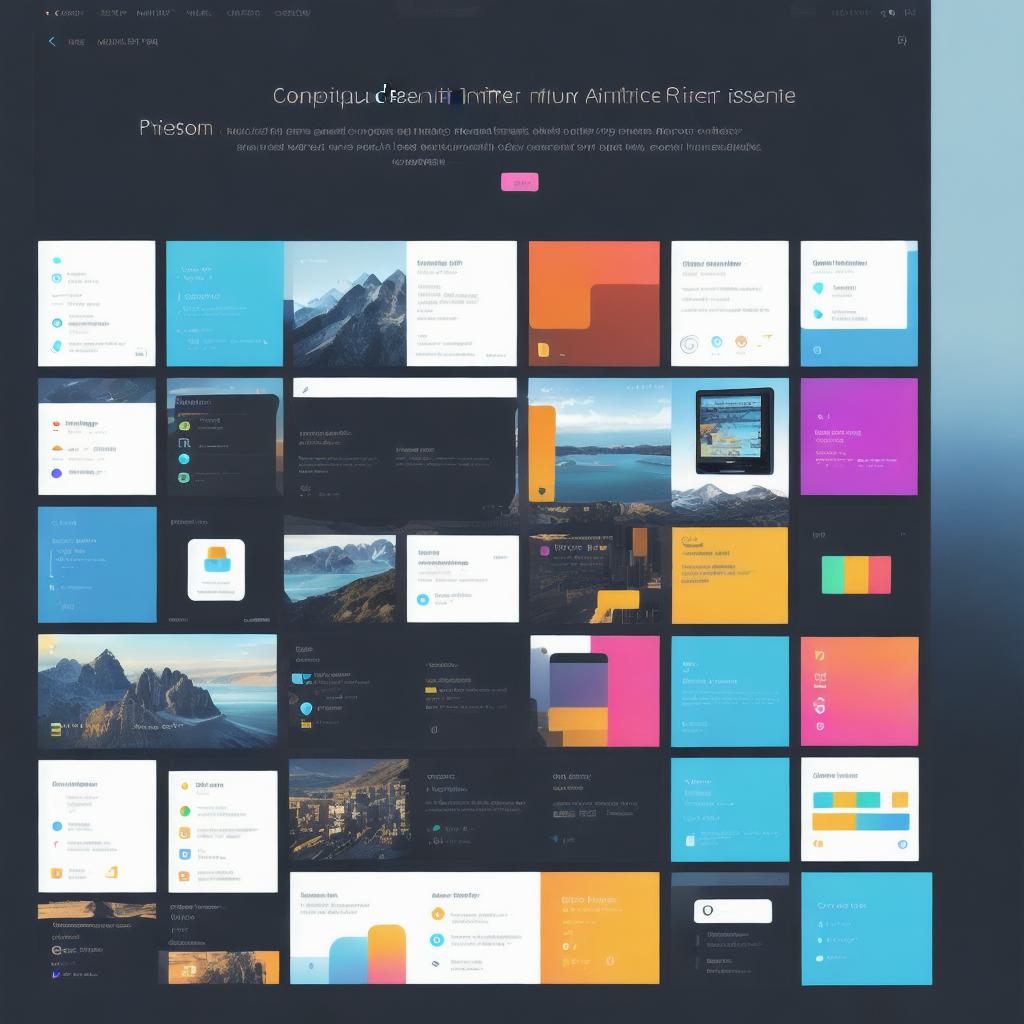Developers are constantly seeking ways to create engaging and immersive user experiences. Unity design is a concept that emphasizes creating a seamless and unified experience across all platforms and devices. In this guide, we will explore the definition of unity design, its benefits, and best practices for implementing it effectively in your projects.

What is Unity Design?
Unity design refers to the practice of designing an interface or product with a consistent and cohesive user experience, regardless of the device or platform being used. This means that elements such as color schemes, typography, iconography, and navigation should be consistent across all aspects of the application, from the mobile app to the web version to the desktop interface.
The goal of unity design is to create a seamless user experience that feels intuitive and natural, regardless of where the user is interacting with the product. This is achieved by using a combination of best practices in UI/UX design, as well as techniques such as responsive design and adaptive interfaces.
Benefits of Unity Design
Implementing unity design can provide several benefits:
- Consistency: Unity design creates a consistent user experience across all platforms and devices, making it easy for users to navigate and understand the product. This helps reduce confusion and frustration and increases user engagement and retention.
- Efficiency: Unity design streamlines the development process by ensuring that all elements of the interface are designed with a consistent look and feel. This can save time and resources in the long run, making it easier for new team members to understand and work with the product.
- Accessibility: By creating an intuitive and easy-to-use interface across all devices and platforms, unity design ensures that the product is accessible to a wider range of users, including those with disabilities or limited technical skills.
Best Practices for Unity Design
When implementing unity design in your projects, consider the following best practices:
- Use a consistent color scheme: Choose a set of colors that will be used consistently across all aspects of the application to create a cohesive look and feel and make it easier for users to recognize and interact with specific elements.
- Use consistent typography: Choose a set of fonts and typography styles that will be used consistently throughout the application, making text easy to read and understand and helping create a cohesive look and feel.
- Use consistent iconography: Choose a set of icons that will be used consistently across all aspects of the application, helping create a cohesive look and feel and making it easier for users to recognize and interact with specific elements.
- Use responsive design: Ensure that your interface is designed with responsive design principles in mind to adapt to different screen sizes and orientations, maintaining a consistent user experience across all devices.
- Test thoroughly: Test your application thoroughly on a variety of devices and platforms to ensure that the unity design is working effectively and providing a seamless user experience.
Summary
Unity design is an effective way to create engaging and immersive user experiences that feel intuitive and natural, regardless of where the user is interacting with the product. Implementing best practices in UI/UX design, as well as techniques such as responsive design and adaptive interfaces, can help create a cohesive look and feel that streamlines the development process and increases user engagement and retention.
